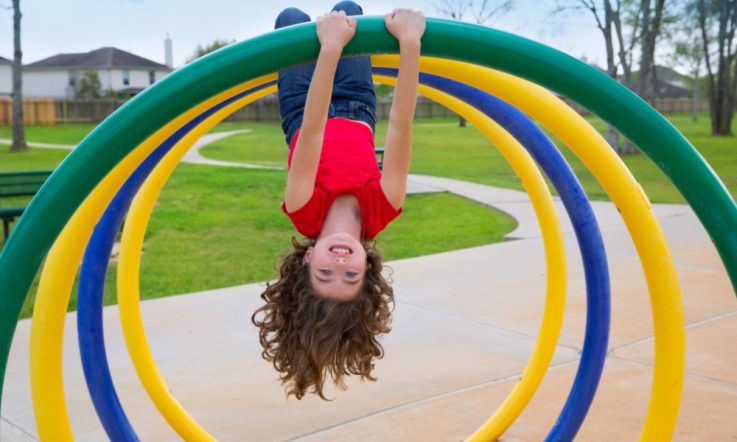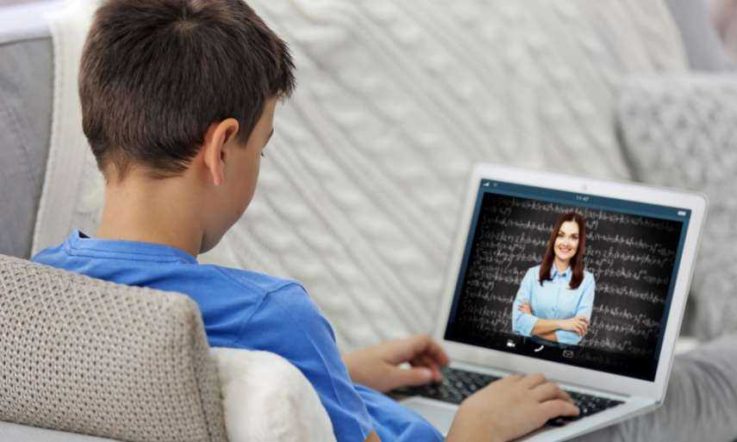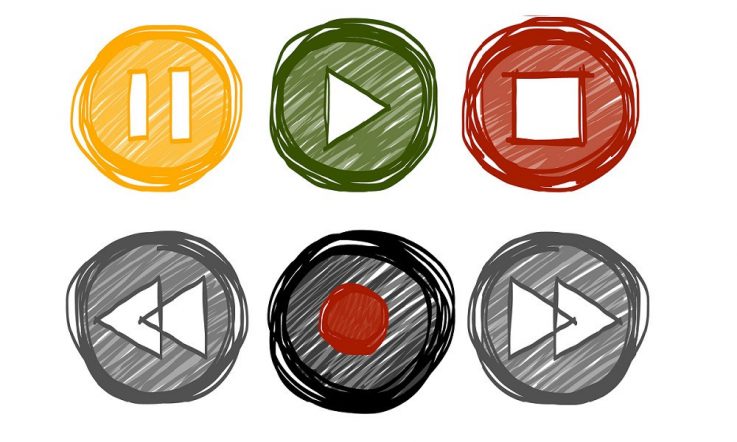Yesterday we brought you news of Australian research into the use of flipped learning in secondary mathematics classrooms. In this follow-up, we speak to one of the teachers involved in the study about adopting the approach for his Year 12 Specialist Maths course, how he went about creating hundreds of video resources, and his advice for educators who want to give flipped learning a go.
When Paul Bernetzke (or Mr B as he's known to his students) decided to flip his classroom, he wanted to create his own tutorials instead of using videos from the internet.
So, he enlisted the help of colleagues in the drama department, set up a camcorder in front of a double whiteboard and set to work in his spare time and holidays. Almost 200 videos later, he'd created a bank of resources covering the Year 12 Specialist Maths course.
The Year 10-12 maths teacher at Mount Lilydale Mercy College, Victoria, has been a classroom practitioner for just over 10 years. He's been using flipped learning – where students are introduced to new concepts in their homework time, freeing up lessons for teacher support, practice and mastery – for the last three years.
‘I came across the idea from a colleague of mine in the States, at the University of Stanford,' he recalls. ‘I passed it on to the principal and he was very keen for me to start it, so I went off and did videos … I did a lot of videos – I basically videoed the entire unit of Year 12 Specialist Maths, which consisted of about 192 videos in total.'
Bernetzke says his motivation for adopting flipped learning was to spend more time with students to get a better understanding of their progress and problem areas, and give targeted support.
An evolving classroom environment
‘Over the last three years, the development has taken place more on the actual classroom environment, rather than the videos – they still play a key part, but they're only a part of it,' he says, adding that he placed too much importance on the video resources in the beginning. ‘I said to the students “you watch the videos and then you come and ask me questions”. Well, they didn't; they watched the videos but the questions weren't anywhere near enough to help them along properly.'
Now he uses WSQ: Watch, Summarise and Question. Students start off by watching the videos, then two or three present a brief summary to their classmates in the lesson (at this point they discuss what they've learnt, including any misconceptions, and ask questions), then move to textbook exercises with teacher support if needed and, if they choose, stretch challenges.
‘I'm putting out a lot more questions during class and working more along those lines and it's definitely showing some good results,' Bernetzke says. ‘More and more I'm finding they're interested in the [additional questions I put on the board], they want to have a go and they seem to be harder than what's in the book, a bit more challenging.'
He's also changed how the videos are released, allowing students to access all the resources in one go. ‘I found it to be better for me to give them all the videos on, say, complex numbers, let them watch all of them from start to finish, then come back and redo them again topic by topic. They seem to get a bit more out of it that way, they understand it a bit better rather than just watching the videos once and then trying to do the questions. So I've switched that around a little.'
That means students can work at their own pace, jumping ahead or spending more time on concepts they're not sure of. ‘In the first year I did it one of the young girls came up to me and said “you know, I can watch your video three or four times before I get it and if it was in a classroom I'd only hear it once”. I think that's really important.
Bernetzke says his students like the approach and the fact he's the one in the videos. ‘They like that idea of watching videos of their teacher and being able to come into class and say “what did you mean when you did this …” and I can tell them because I did it. That makes a lot of difference.'
From a teaching point of view, the educator says it has given him tremendous insight into exactly where his students are and where they're likely to be at the end of Year 12 if they continue on as they are. He's also seen an improvement in student achievement. ‘[The ones] that were previously getting maybe 20s and 25s on the exams end of year are now in the 30s and mid-30s, so it lifts that middle group up, which is really good.'
Creating the resources
When he first started, he recorded the tutorials in one take using a simple camera setup which didn't allow for editing. If he made a mistake, it meant he had to start over. ‘I did it progressively. I rolled out the first batch to the students and while they were looking at doing those I was working on the next lot, and I just had to keep in front of that all the time – which was a bit of incentive too to keep going and doing it.
‘I don't want the videos to be anything longer than 10 minutes, so I might do 12 to 15 per topic. … I knew if I was going to do this I had to do it on my own time, and I did – I did it over my holiday periods, during my free periods and after school. Probably the bulk of the time was actually after school, where I would finish and maybe stay here to 7 or 8pm and just be making the videos. It took almost a full year to do the whole lot.
Rather than publishing on YouTube, the content is shared on the school's internal ClickView platform. Bernetzke regularly updates the videos, adding content, looking at things from a different angle, or simply trying to improve his explanations and examples.
Tips for educators
His advice to teachers who want to dip their toes in the flipped learning waters is to take things slowly. Start with topics that you're comfortable with and try out a couple of videos. He adds it's better to do some prep before hitting the record button. ‘Don't turn on the camera and walk up to an absolutely clean whiteboard and start writing. You see the professionals do that on YouTube and that's really hard, you make a lot of mistakes. What I would suggest in the beginning is, before you turn the camera on, write everything down on the whiteboard … then turn the camera on and explain what you've done on the board. Do that to begin with and I think you'll feel a bit more comfortable then when it comes time to actually start putting stuff on the board – you make less mistakes. It gets so time consuming when you have to do these over and over or make amendments and additions, it gets discouraging.'
Bernetzke says it's also important to remember that flipped learning might not always be the best approach. ‘I'm not too sure whether it fits all moulds of students. If you have a really difficult class (and I've had them in the past) I would find it extremely difficult to get them to even watch the videos, much less summarise them or make any comments on them. So, I think to a certain extent you've really got to pick the class if you want to make it work and make it work well.'
Paul Bernetzke says flipped learning has given him tremendous insight into exactly where his students are. How do you monitor student progress? How does this inform your teaching?
His approach includes time for students to discuss what they’ve learnt. Do you set aside time in class for students to reflect on their learning, share their thoughts with peers and tackle misconceptions?



